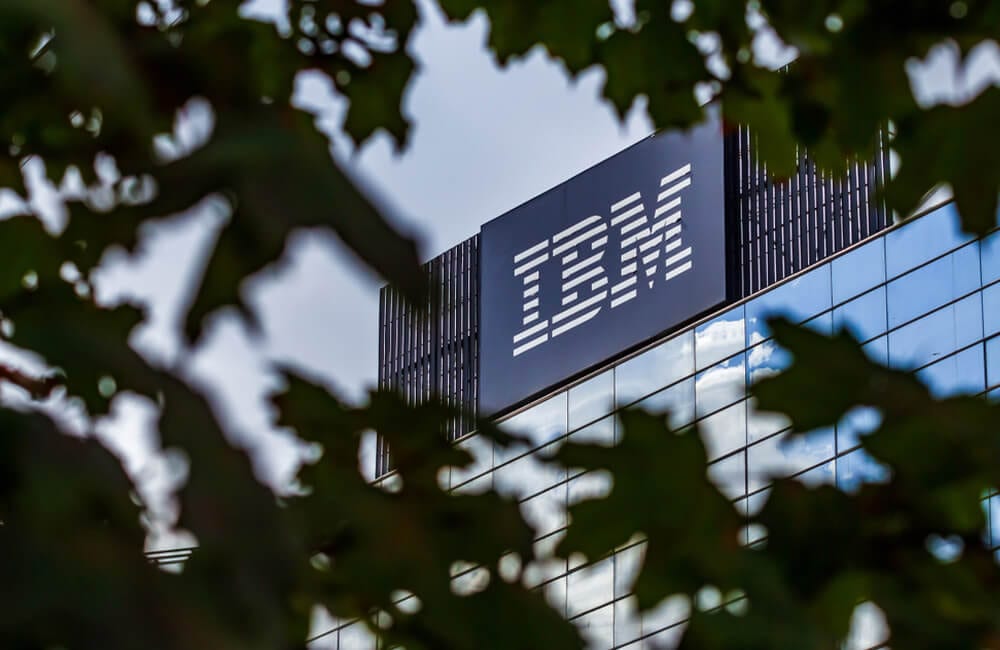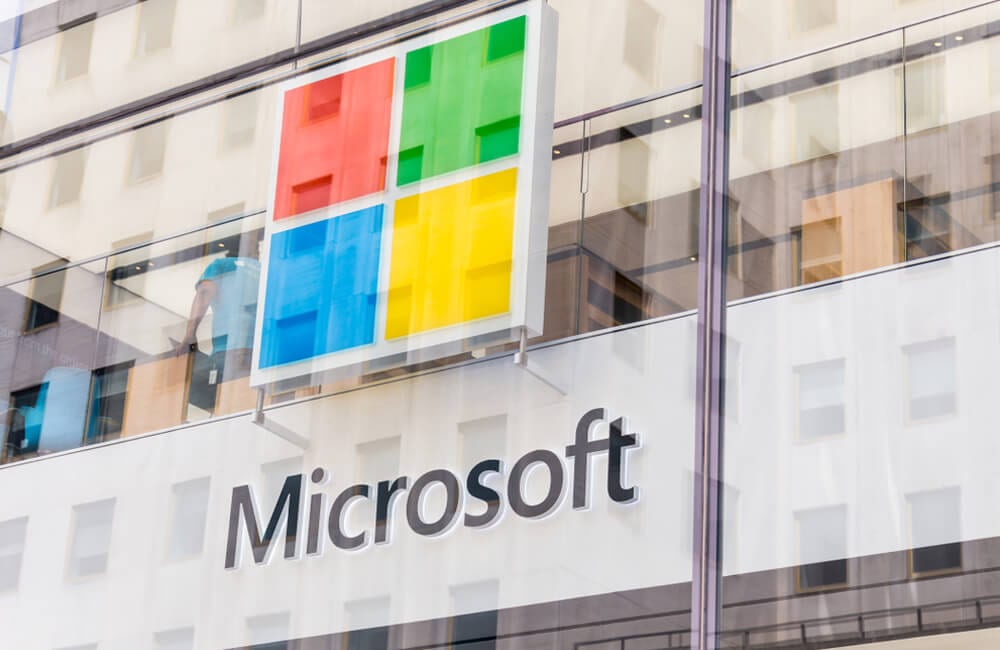
The Sugar Mediterranean Bistro in Stockton, California gets its food rolled out and delivered to customers faster and more efficiently – thanks to its robot employee. General Manager Ana Ortiz said the robot, which is made of food trays, takes a load off her as the restaurant struggled with worker shortage.
"It is a lifesaver. You know, it helps us bring out all of the food," said Ortiz. "The table that is closest to the patio, I press 'go' and it will take it right out."
Ortiz made the call to hire the robot with an autonomous tech that takes the food straight from the kitchen to a designated area until a server can hand the food out. It saves a lot of time and energy for everyone, especially during rush hours.
Robot will not replace human employees, says general manager
The robot employee gives servers-turned-bartenders in the restaurant much-needed breaks. However, Ortiz is not sure if other restaurants will follow their example.
"It makes sense for us right now because of the shortage of employees. This is the only solution we're finding," Ortiz said. Like many other businesses, she said hiring workers is a struggle. "We've tried to pay more line cooks, pay more for servers, pay more for goods and dishwashers and everything, it’s just like there is always somebody that wants to pay a little more."
While it is necessary, Ortiz said that robot is not a replacement for human employees and customers still get one-on-one interaction with servers taking orders and making drinks.
"No, we don’t want to give that up. We love to see our people. We love to see their faces. We love to see them happy, and after a while, they become family to us," she said.
Ortiz added that the restaurant is still looking to fill vacant server and bartender positions. "This thing by no means replaces an employee. By no means it is taking somebody's job away because we still want to hire people. We still want people to come in and work with us." (Related: New automated restaurant with no servers or cashiers opens in NYC.)
Restaurants employ robots instead of humans during pandemic
Because it is getting harder to find human employees to help run her restaurant, a South Florida restaurant owner also began using dining room robots for a touchless and socially distanced experience. Earlier this year, Joy Wang of Mr. Q Crab House invested in robotic workers. The restaurant has been doing brisk business because of its location so Wang found the need to take drastic measures.
Automated food service is being tested nationwide as employee shortage takes its toll on businesses.
REEF, a company that creates virtual delivery-only restaurants, launched Miami's first self-serving delivery robots in March. The company's chief technology officer, Matt Lindenberger, said: "Think of it like a rolling food container. It saves on labor costs. Rather than having five humans delivering five things, I can use three robots and one human."
These robot servers are not limited to American locations.
A South Korean restaurant also uses AI-powered servers. It uses a self-driving robot equipped with features such as 3D spatial mapping. Telecom company KT developed the robot's programming, and it is now developing various robots in an effort to transform its brand.
"KT is bringing [artificial intelligence] closer to the lives of our customers with the release of its first hotel robots last year, second-generation hotel robots this year, and now a new AI serving robot developed for the food and beverage business area," said Kim Chae-Hee, head of KT's AI/Big Data business division.
Read more about AI and new technologies at Computing.news.
Sources include:
Please contact us for more information.





















